The Guide to Creating a Winning Virtual Conference (and How We Did It)
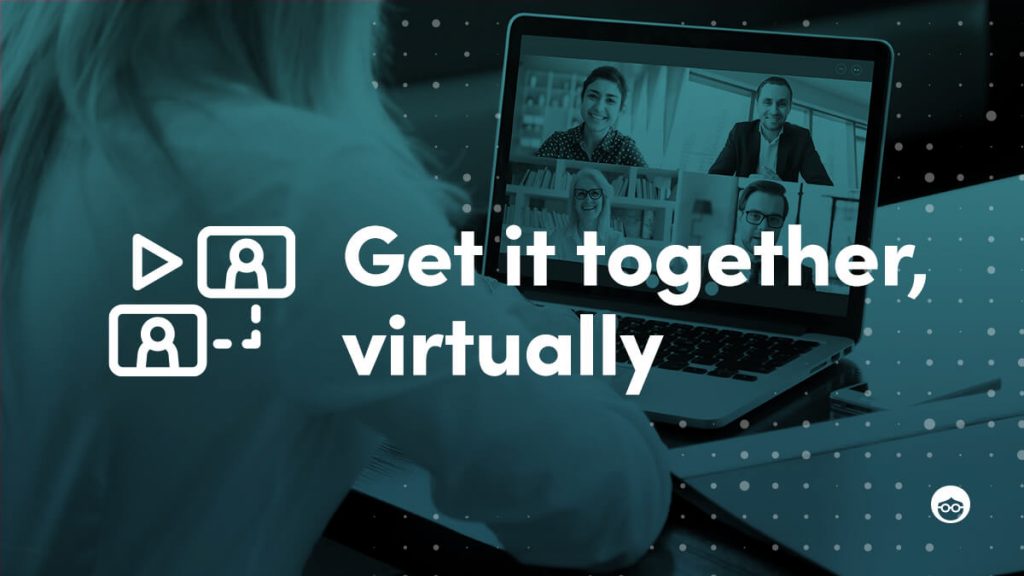
OK, so we all know that COVID-19 has changed the way we live, shop, and work. But there’s one area that’s been extremely hard hit, and that’s conferences.
At Outbrain, professional conferences are one of the ways we love to keep our software developers curious, motivated and inspired. The live speakers, networking, discussions, and mingling that happen at conferences create a definite buzz that helps us stay fresh and discover new tools and skills. But during the COVID era, all that ground to a halt.
We had one choice and one choice only: to take a conference online. So that’s what we set out to do.
This is a story about how we succeeded in bringing together our developers online and recreating the conference atmosphere virtually. It was the first ever internal online conference for Outbrain developers, and it taught us a lot! We learned that having an accurate vision, superstar leadership team, hot content, and winning agenda can make an online conference feel like a “real” conference. Here’s how it all happened, and I hope you can use our experience to inspire your digital conference.
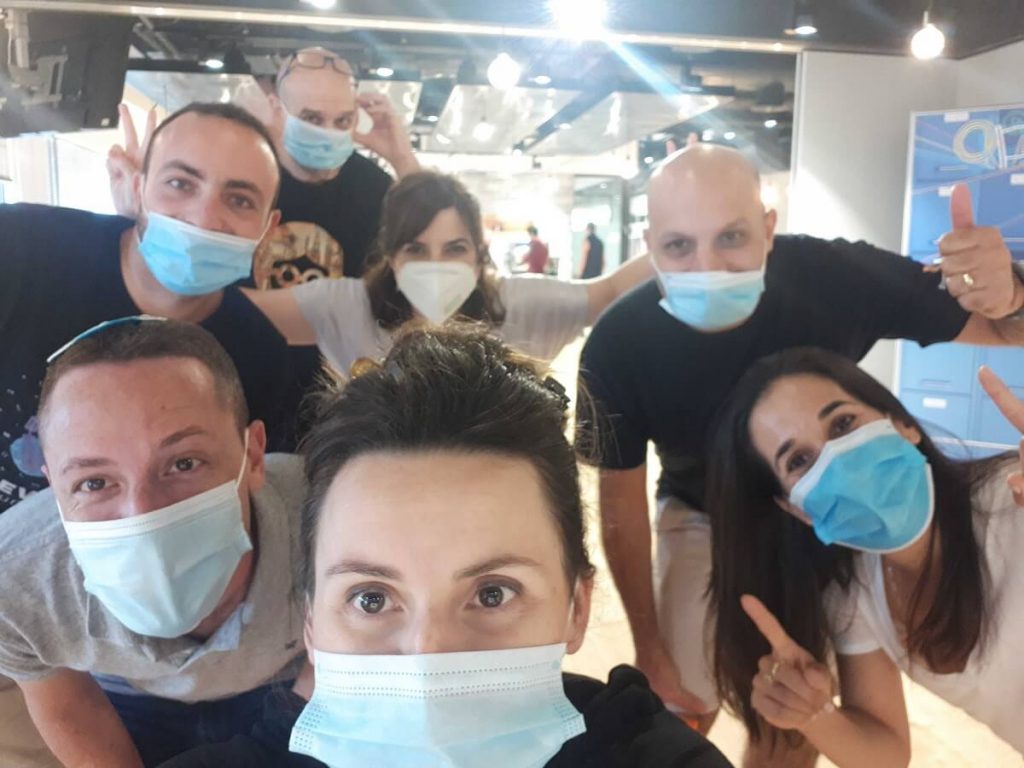
If they can’t go to conferences, let’s bring the conference to them
As 2020 sunk in, it became clear that it would be a long time before we could once again send our developers to conferences. So Outbrain’s VP Engineering decided that there had to be an alternative.
It started with the idea of having separate online gatherings for our main technology disciplines (i.e.Backend, Data science, Frontend and DevOps). At first, the concept was to run a few online tech-talks and share these with the developers, who would watch them individually, and then come together to discuss them in team assemblies.
This was certainly the easier way. It was a fairly doable concept, didn’t demand a lot of extra effort or resources, and wouldn’t cause much interruption to the work day. But something essential was missing. It didn’t have the vibe of a “real” conference. And we knew that without it, we just wouldn’t get the kind of engagement we wanted.
What does a “real” conference actually mean?
Imagine this: for one day or more, you step away from your day job, go to a new surrounding, gather together with like-minded people, and get exposed to content and topics that interest you professionally and even personally, amid an exciting, yet tight and structured timetable.
That’s a real conference, and it’s so much more than simply attending a talk and participating in a discussion.
How to get an 80% registration rate in 24 hours
Creating a real conference vibe became our mission. We decided to go full swing ahead and give our developers the space and support to immerse themselves fully in the conference experience. No work meetings, production issues, Jira tickets or other usual distractions and disruptions. They would be asked to focus on just one thing: learning together.
As we developed the idea, our no-holds-barred online conference started to take shape:
- One full day during working hours (9am- 5pm)
- Packed agenda with synchronized specialty tracks
- Hosting a famous keynote speaker in the global dev community
- Building a dedicated website for the conference
- Creating a visual brand identity for the conference
- Creating a buzz around the conference internally
- RSVP and registration – like a real conference!
We made it clear to our audience, “we are going to do this right, so please collaborate with us” – and they did. Within 24 hours of sending the RSVP form, our registration rate was over 80%.
Creating a virtual conference: It’s all about the content
Having the structure and foundations is nice, but the “bread and butter” of a really good conference is relevant, inspiring content. Building the agenda is the most difficult and most important step. To succeed, you must have a moderation team that can steer the agenda in the right direction.
First, pick your conference content team wisely
In our case, we had the best possible moderation team. At Outbrain, our tech department is divided into cross functional sub-groups called “guilds”. The purpose of these guilds is to gather all the engineers working in the same dev discipline but on different products and pillars. This is a great way to accelerate knowledge sharing, and expand the tool box and task force for various engineering missions. Each guild is managed by a head-of-guild. Our heads-of-guilds became the collective moderation team that knew exactly what the agenda for our conference should be.
As we continued to create the conference, we had to operate on “quick wins”. The head-of-guilds decided to go for a structure of video tech-talks.
Doing that allowed us to:
- Customize the sessions with the most relevant and newest content
- Be open to global sessions and present sessions from prestigious conferences worldwide
- Control the quality of sessions based on the presentation skills of the speaker
- Save lots of preparation time
Online conference content: How to do it right
Our opinion? Here are some best practices to create the right content for your digital conference.
Make it intense but balanced
Curated content is great but the agenda can’t rely just on YouTube presentations. Plus, we didn’t want the audience in split sessions all day long. So we gathered them all in the virtual “main hall” where we broadcast live sessions and messages. For instance, we started with opening remarks from the CTO addressing cultural changes in the company. We also had a “Hero Projects” slot for staff recognition, handing over the stage for employees to present one of their projects. Also, to empower the connection between the tech organization and the business/product side of the company, our VP Product interviewed Outbrains’ International Managing Director. So, yes, it was intense but it was also very diverse and balanced.
Don’t skip discussions!
Holding discussions is an absolute must for online conferences. It’s your opportunity to get the audience to interact, hold their attention, and keep the pace flowing. We dedicated 10 minutes for discussion time at the end of each session. The moderators had a few different approaches to running the discussions, like Q&A, panels, firing questions at the audience etc. Eventually, each moderator chose the approach that was most suitable to the audience in their track.
The cherry on top… the Keynote
COVID-19 has closed a few doors, but it also opened a few windows. In this case, it was a keynote Zoom session with one of the famous pioneers in software development culture – Kent Back. This has been a dream of Yonatan, our VP Engineering, for some time, and our online conference presented the ideal opportunity to reach out to Kent. In the “old normal”, arranging such a prominent speaker would have been much more complicated. Availability issues, bringing him to the conference, arranging travel, accommodation, and expenses. In the new normal, it was quick and simple! Yonatan tweeted publicly mentioning Kent, and after a few minutes he replied “Let’s talk” – and the rest is history. Kent Beck even got up at 5.30am PDT to give the fascinating session during business hours in Israel, all via Zoom from his home. See, easy!
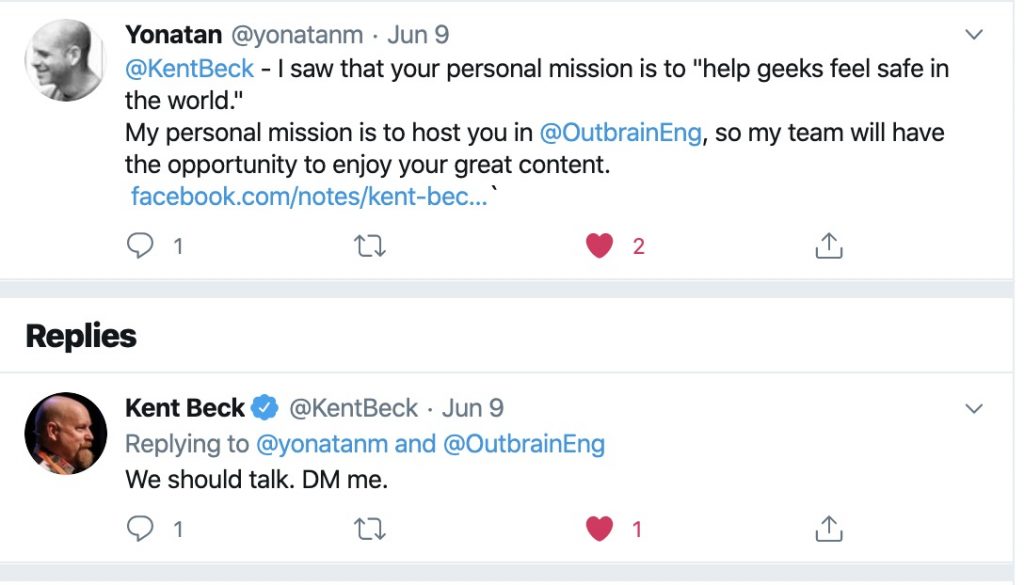
Manage it like a pro
There are several challenges that come with creating a digital conference. However, with proper management that really gets down to details, you can overcome them and achieve huge success.
Energize your conference team
Organizing an online conference is all about teamwork, so you need to work hard at leading the conference team towards deliverables and execution. To get the team members engaged, you must:
- Motivate: In your conference pitch, explain the reason for the conference and how it will be accomplished together. Show them why the conference is important, and how much it will contribute.
- Call-to-Action: Get them started working on the conference. Create a Gantt chart with all tasks and assignments, set a schedule and monitor the progress. Hold weekly status meetings and be very clear about the next steps.
- Trust: Remember, this is a team of volunteers who are devoting time and effort outside of their usual work duties. Be transparent and share all project documentation, listen to and address their concerns. Be the problem solver, and make sure to stay on top of all the details. Be someone they can trust.
OMG! Today’s “the day” (and other tech tips)
After six weeks of preparation, and one dry run, the day of the conference arrived. And – yes – before it started, we definitely had the feeling that this was a “real” conference. You could feel the excitement in the air! We came very prepared, with backup plans for any challenges or problems that could arise.
- Technicalities and troubleshooting: All presentations were hosted by Zoom, so any presenters using their laptop came into the office. We arranged spare laptops as backup, and used wired internet. We also had an IT staff member on site who supported us during the day.
- Broadcasting and communications: The biggest element missing in online conferences is having the live audience in the room. So, to make sure everyone was on the same page for tracking attendance and reducing bounce rate, we defined two digital communications channels for different purposes:
- Zoom was the video broadcasting platform where we managed all sessions and discussions regarding the content.
- For updates, announcements and information, we used a Slack channel. Presenters knew exactly what to say between sessions and all the written communications for the audience were prepared in advance and ready to go.
- Agenda hosting: This was a huge factor in managing the conference, tracking time, and engaging the audience. We created a full script that guided us during the day, and the delivery of messaging was very fluid.
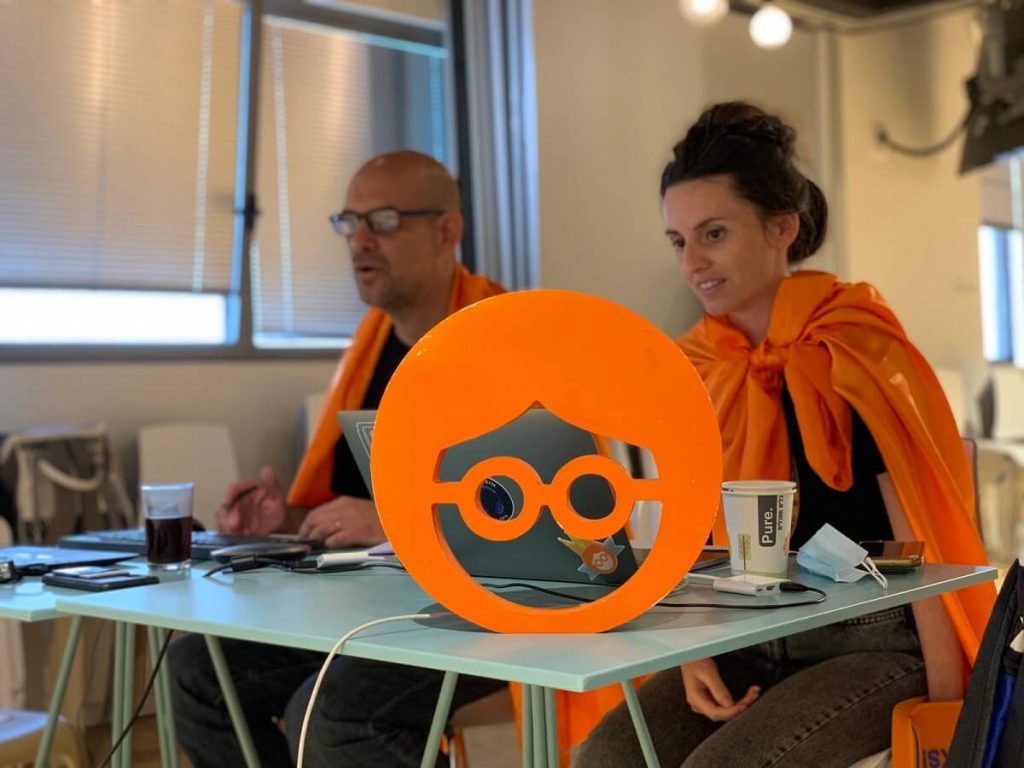
Learn from the experience
This was our first internal online conference and we know that the next one will be much better with our participants’ feedback. We created a feedback form in advance, and at the end of the conference, we launched it in Slack. Time is of the essence here – the best quality and quantity of feedback is always received as soon as possible after an event.
To sum up? Awesome!
Wow. This was a huge endeavor but it paid off. Positive feedback started rolling in even during the conference. Later, we understood that the audience did feel that it had been a real conference, so – mission accomplished!
It just goes to show, in crazy times like these, the conference experience can be replicated with a bit of creativity. It can even bring new opportunities that you hadn’t thought of before.
Most importantly, we understood that even when times are tough, don’t stop listening to your audience, and find ways to give them the content they want and need. The idea for the online developers’ conference came from the Outbrain executive team, and I have to admit, at first the developers (our target audience!) were skeptical. Now, having experienced an online conference, we can definitely say: go for it! Whoever your audience – employees, customers, or partners – they will thank you for it.
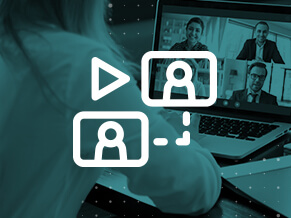





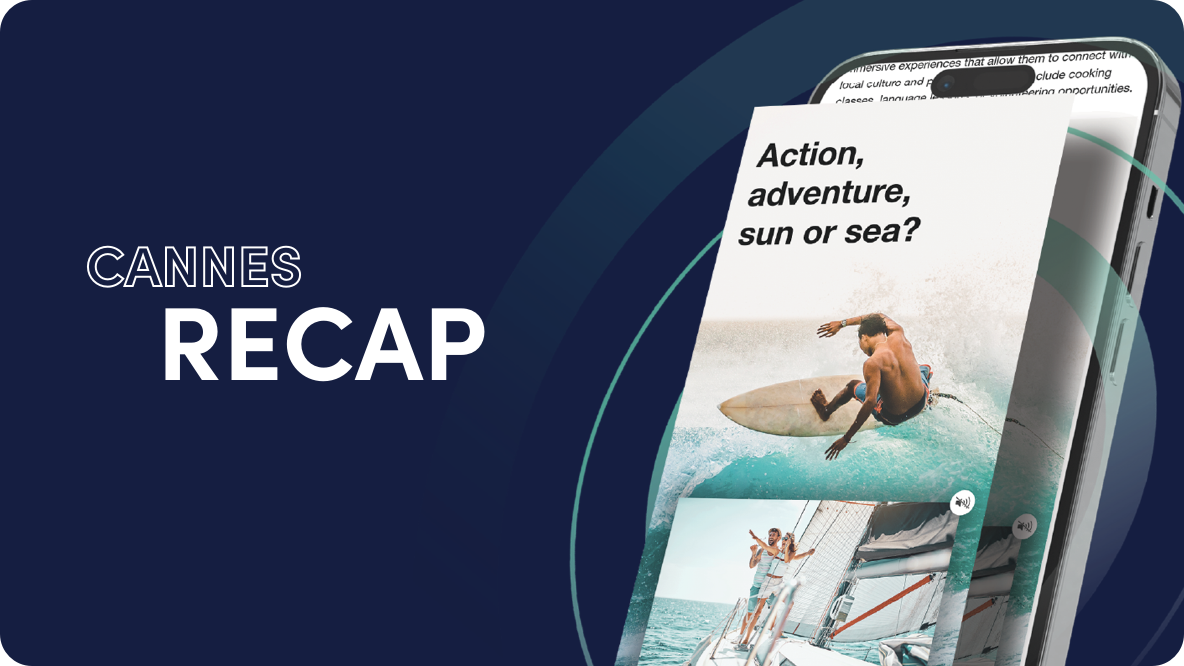




![[Recap] CES 2023: Navigating the Future of Media](https://www.outbrain.com/blog/wp-content/uploads/2023/01/OB-Blog-Template-Site-Thumbnail-Event-CES1.png)
